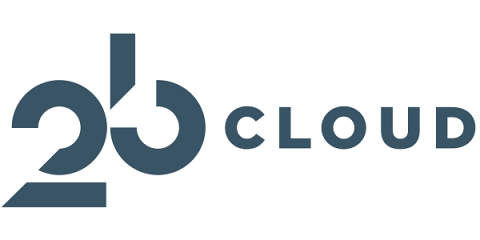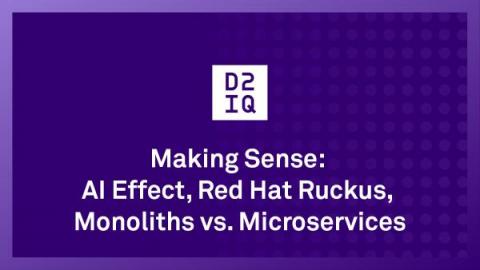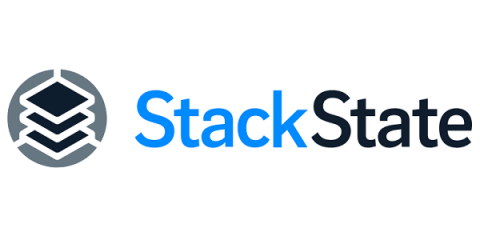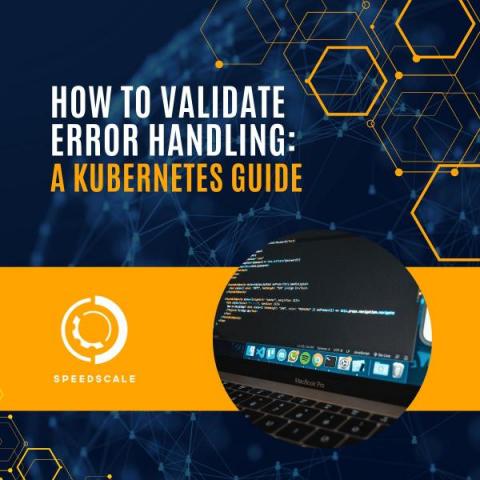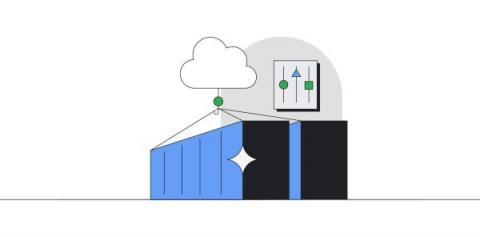Using AKS with workload identities in terraform
We all use Kubernetes on a daily basis, and the more we use it, the more it is apparent that Kubernetes alone will not be as fruitful as it will be with deeper integrations. One of these integrations is Microsoft Azure, which provides the ability to connect, use, and retrieve information from services on your behalf.


